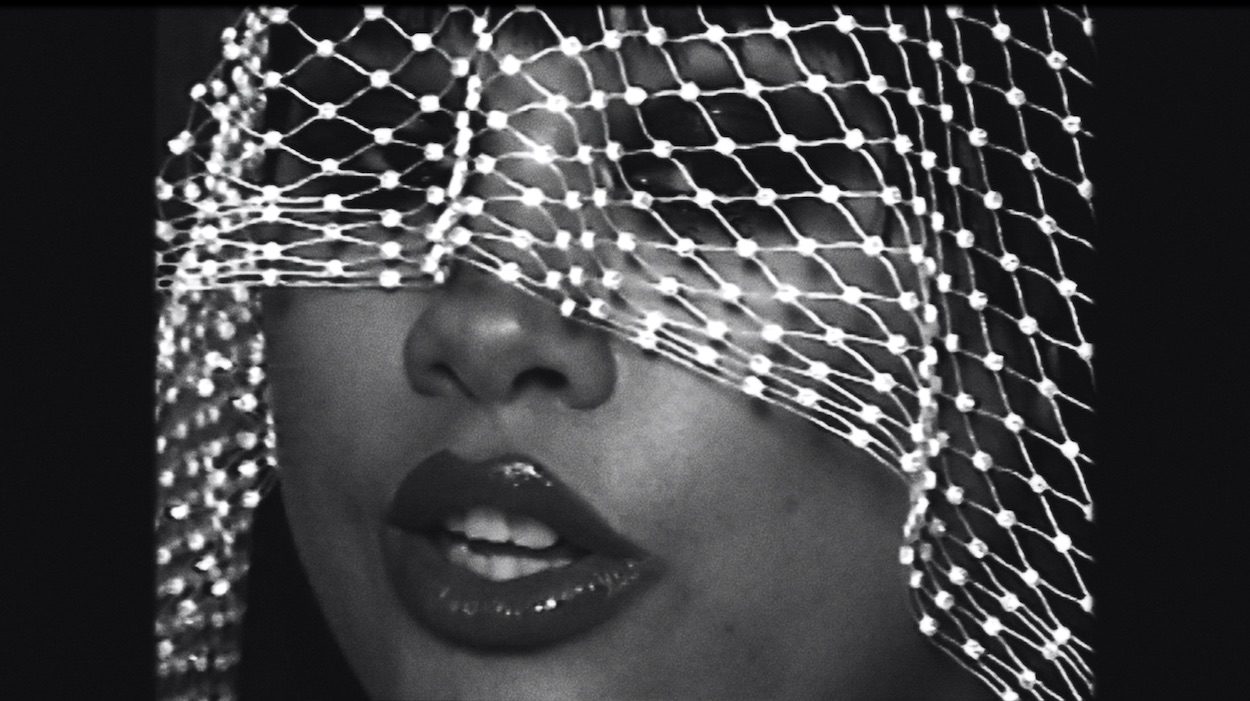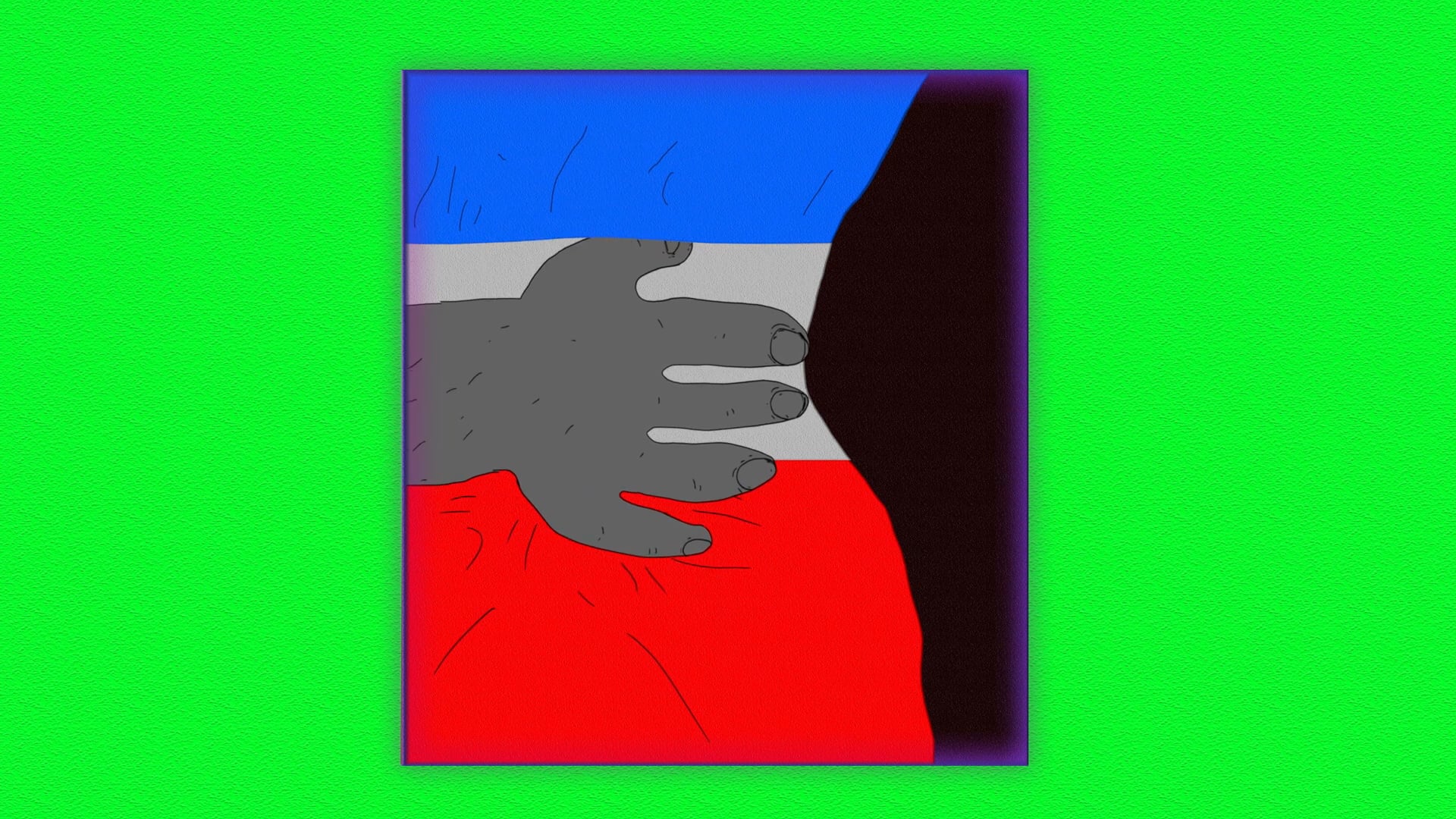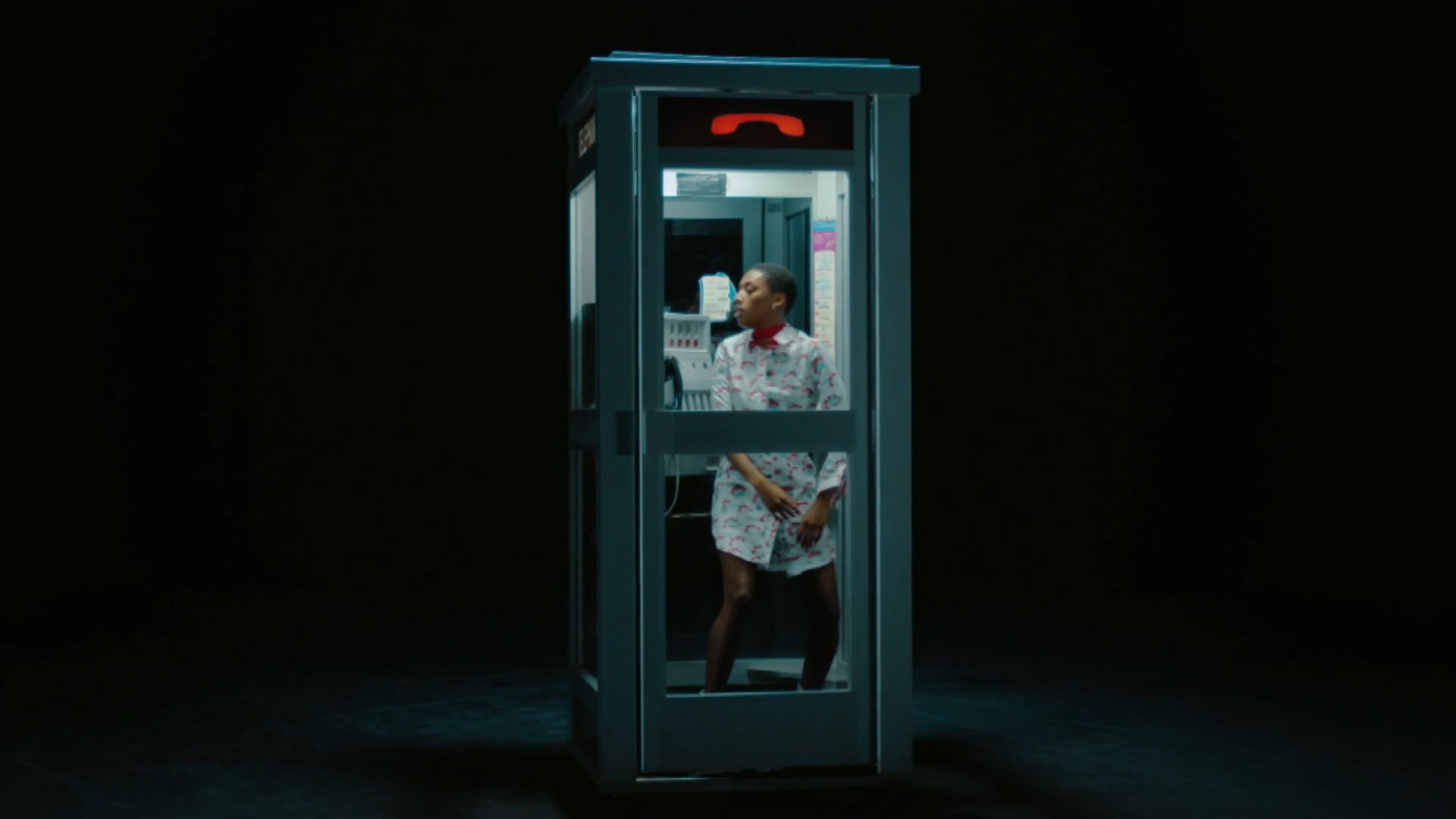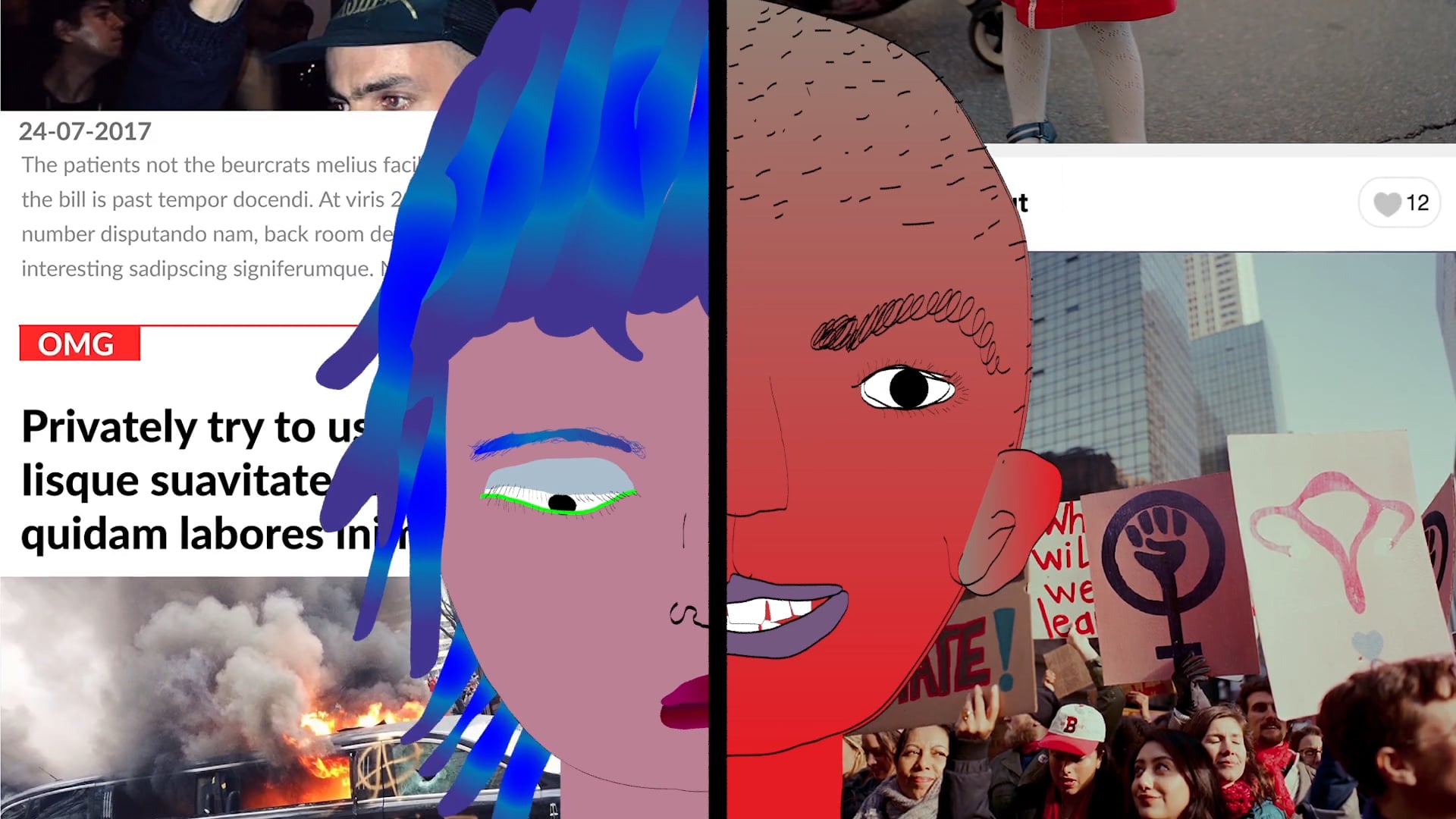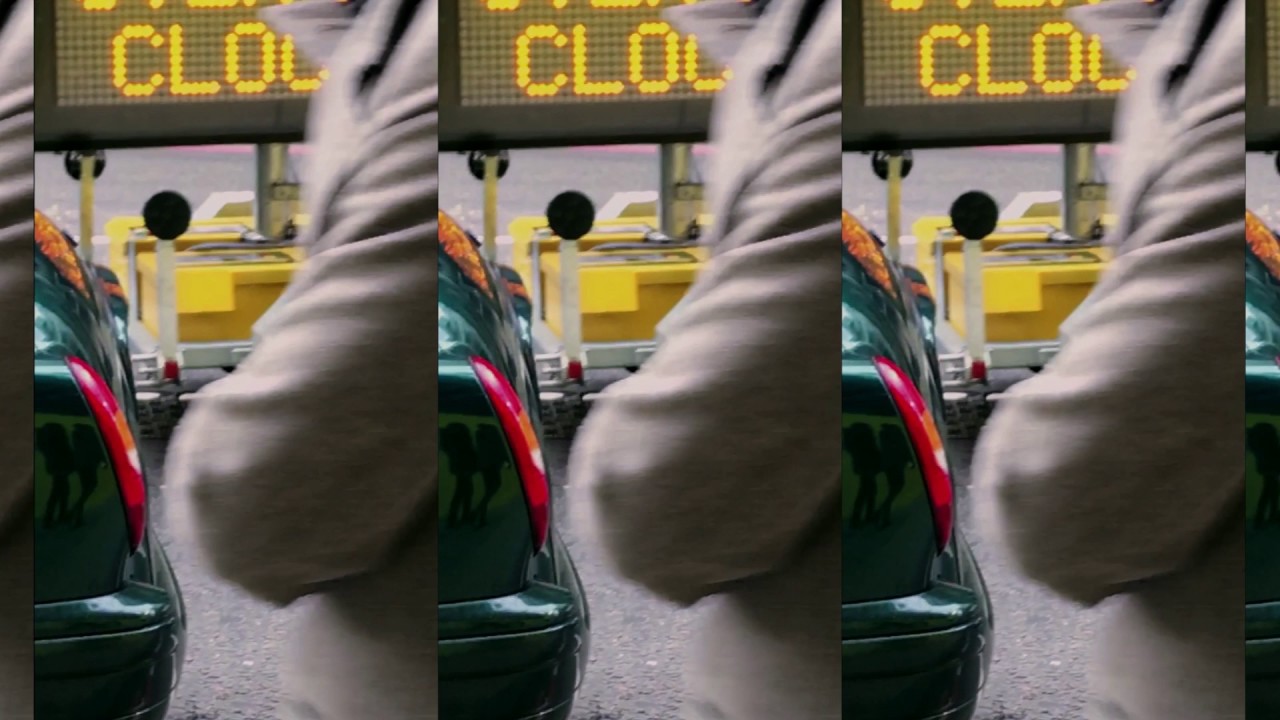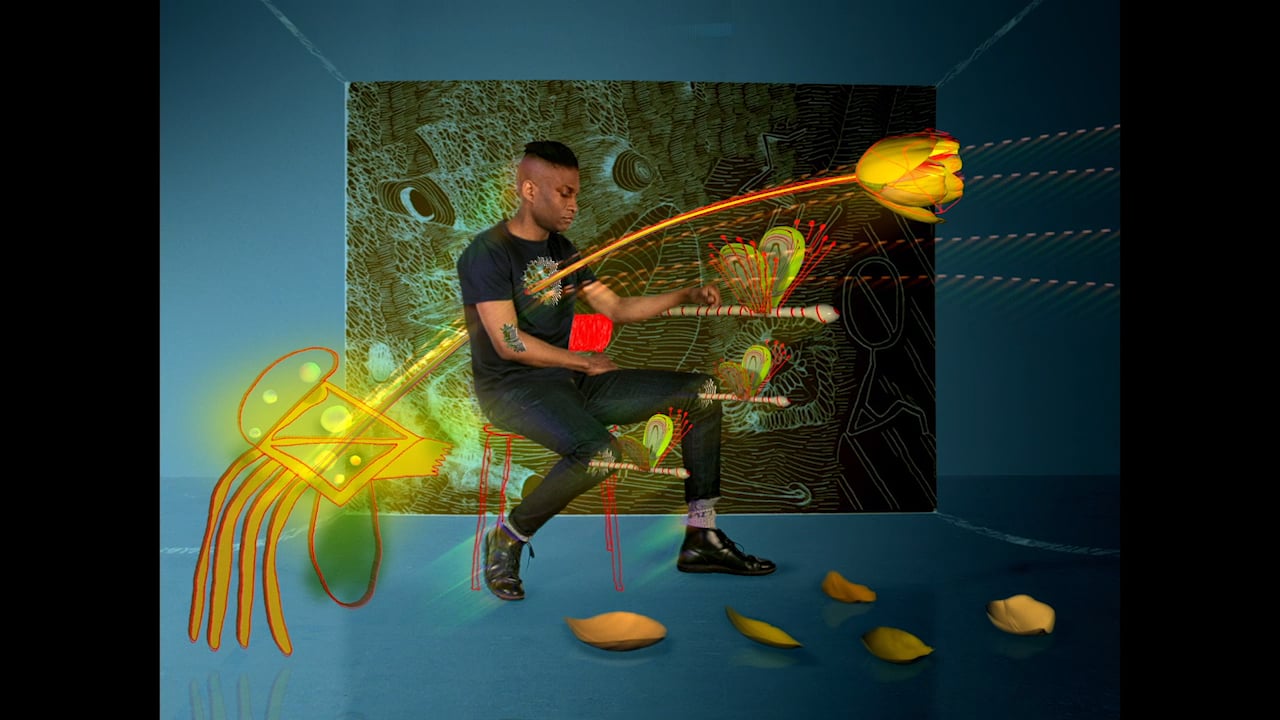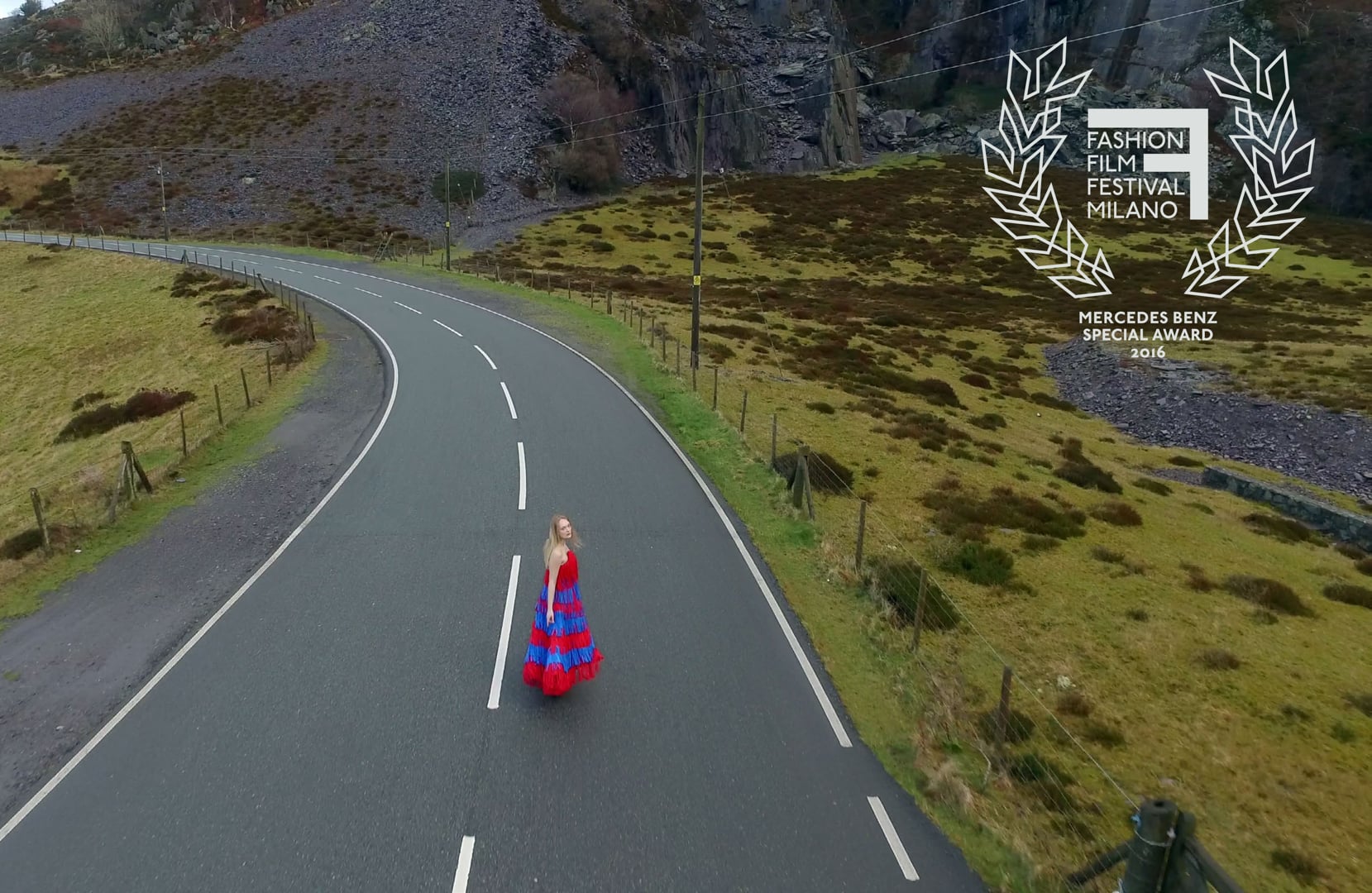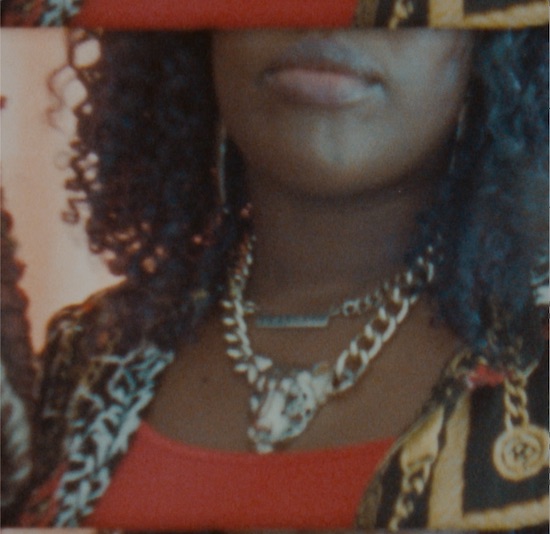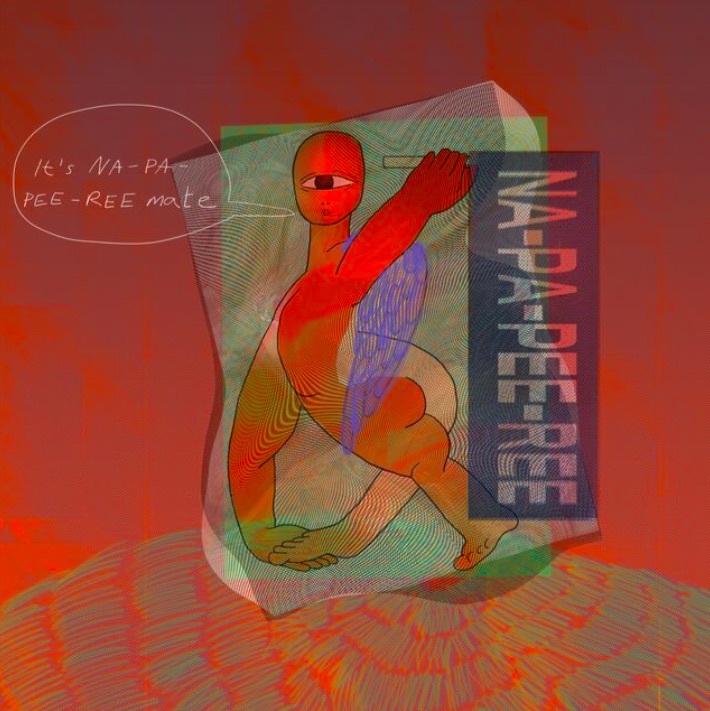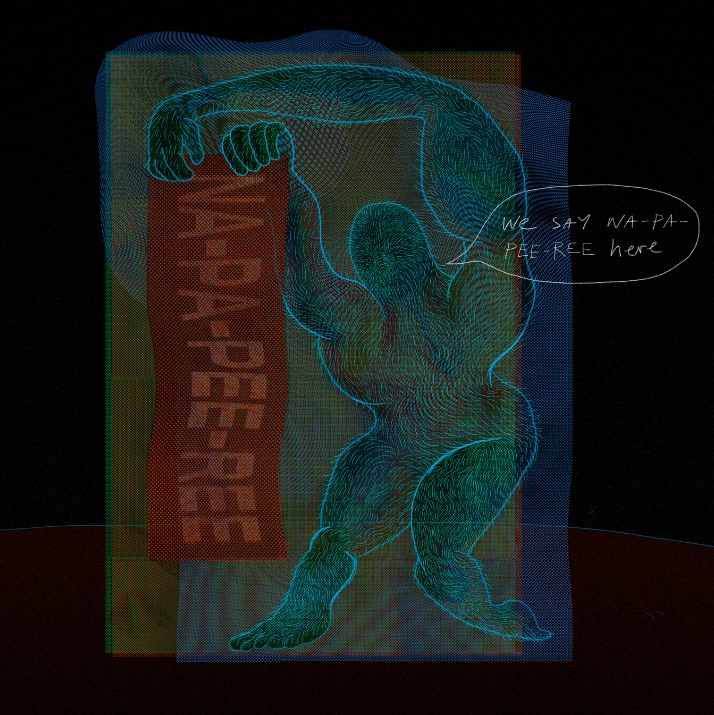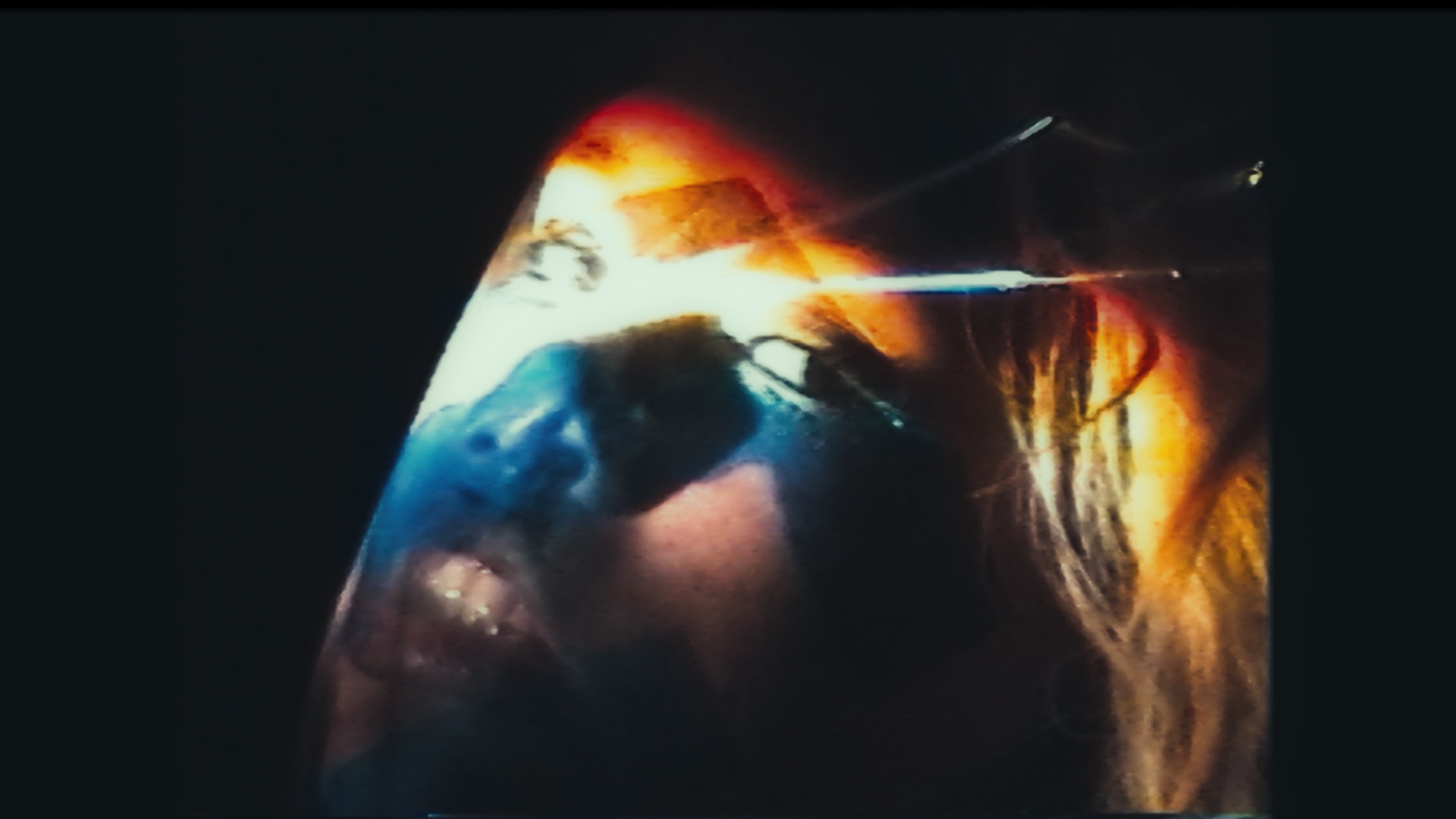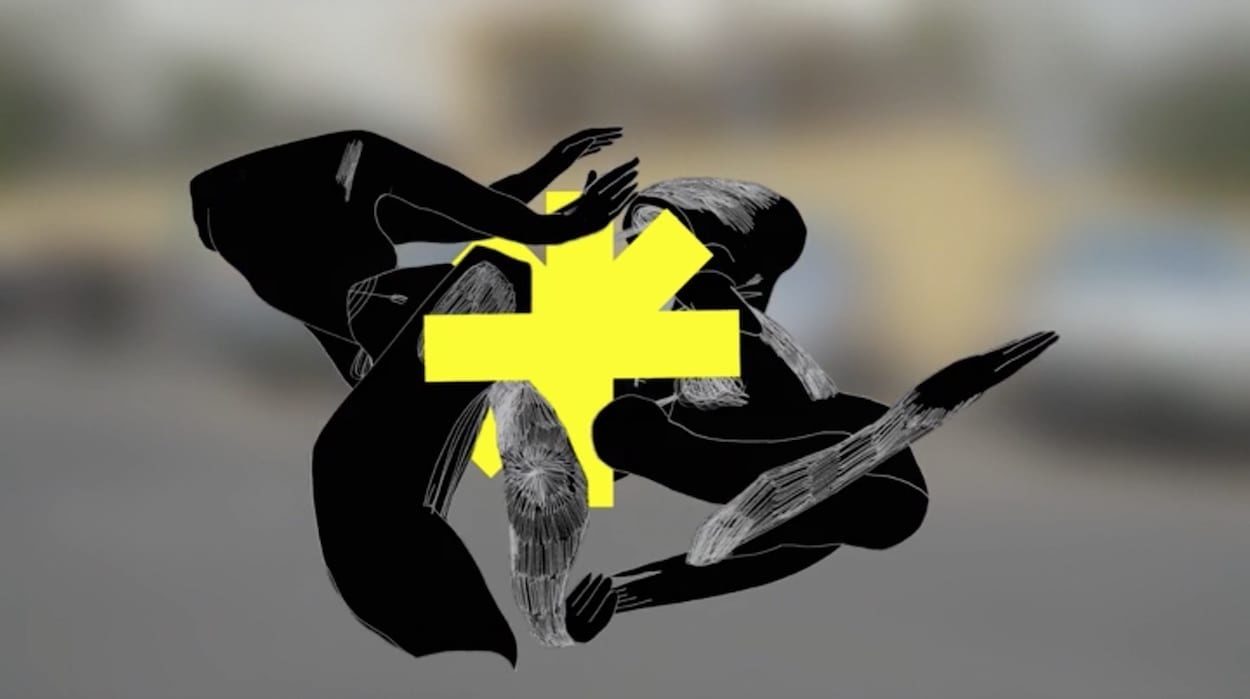You’re born and bred in London?
Yes – my parents aren’t British but I was born and raised in London.
Was it a particularly creative background?
Not really. But I think it was a kind of acceptance of difference. I grew up in an environment where there’s always three ways to do things. There’s the way the country your Mum is from does it, the way the country your Dad is from does it, and there’s the way the place you live in does it.
I also grew up in Camden which was super diverse and full of amazing British subculture – this person is Algerian, this person is French, this person is a punk, this person is Iranian, and this person is a raver … And that’s normal, so that really shaped me a lot.
Was your creativity pretty evident from a young age?
I’m dyslexic, and that was really a big part of being interested in communicating in different ways and trying to understand the world. My work’s about communication.
For me, it’s about building logic that’s unconventional logic and what I’m really trying to do now is base my logic in my emotion. I’ve made a lot of work in the past that was too complicated, now I’m taking those complicated ideas and breaking them down into emotional realities to make them more accessible.
It’s evolving?
It’s evolving, yes. And also, I’ve got better tools. I had a very multidisciplinary background and filmmaking is the place where all of those things come together.
The main thing this year is I’m making a doc with the writer Imani Mixon for Dazed about Motown’s legacy for women and queer artists in Detroit. It’s half animated, half live action and it’s really a development on Common Misconceptionsand Summer of Hate, those kind of animated women’s stories. That’s where my head is.
See Trailer of Showing Up Showing Out here, a film by Margot Bowman and Imani Mixon
My other focus is about having on-going relationships with the women musicians I work with. I know my purpose is to tell women’s stories, so I’m in that space.
Going back, did you go to art school?
Yes, I went to St. Martin’s. I did graphic design. But it was not very conventional, we really did whatever we wanted – it was a very experimental programme. And at St. Martin’s it’s like half a day per week of teaching time, so there was a lot of time to make your own work and intern. I used to work for Jodie Harsh, the Dj and drag queen, I worked at Borough Market, me and my friend had this really popular club night, I was DJing. I had a great time. It was very hedonistic and exciting.
From graphics, did you learn how to programme?
No. St. Martin’s is none of that. The thing is, my core skills are drawing and thinking. And actually, I would say listening as well. I think that’s a very important skill.
All my work was interactive, basically. Then, I started making GIFs. And I wrote my thesis on mythology in a world of electronic media. It was really looking at isolation and anxiety and social media and the internet’s implication in that. And the final piece was this animated GIF comic-like ‘zine where you click. It’s a website called EverythingIsAmazing.com. It’s about this woman’s life – living in a Sci-Fi world where all the human emotions have been compressed to good and bad because of the simplification of language. Everything’s kind of twisted.
From there two friends and I started this GIF art gallery called 15 Folds. And we would make GIFs for that. Those were the first things I made that moved. But I’d always felt very comfortable working in photography and that gave me the confidence to know I could work in live action.
How long ago did you move to New York?
Two years ago. After living in London my whole life – I needed to go somewhere else to grow as a person and artist. And also the Brexit vote happened the summer before I left. That was very hurtful. It was horrible.
You’re pretty self-disciplined. Do you work regular hours?
Yes. I have a studio. I’ve always had studios outside of where I live, that’s important for me in the cities I’ve lived in. I am disciplined – one of the best things, I think, about St. Martin’s was learning that you get out what you put in. A lot of it is about maintaining a practice so you get better at it. And you keep doing it.
What is your process for, say, expressing complex ideas? If somebody gives you a brief, is it intuitive? Or do you actually sit down and mathematically work it out?
Often I’ll have a feeling and then connect it to something I’m interested in, in general or there are themes that are important to me. Beauty is really important. I think pleasure is really important. I think complexity is important, so I’ll try and draw those themes out of the idea. But yes, I always have a very central, strong premise. There’s lots of ideas floating around. And then, it’s about really, really concentrating them down.
Like with Common Misconceptions [a short film about sexual harassment made in collaboration with writer Lynette Nylader]. Because it’s based on another piece of writing that was in a ‘zine, it started off in different formats and then we narrowed it down, narrowed it down. By talking about ideas, they become clearer with people, so that’s probably part of my process. I make a lot of PDFs. Love a document, it really helps me think.
I made this music video for Shy Girl that doesn’t have any narrative in it – her ID as an artist is the concept. She’s amazing: really sexy and complicated and cool. And with her, I knew it was very much a representation of her energy.
It’s that devotional thing. You follow something, and then you devote to it, you know? You’re loyal to it and you’re faithful to it. And you try and get the best out of it. Those kind of words, I think, that’s it, for me.
What’s your relationship like with social media?
I’m addicted, like everybody else is. I know how bad it is for me, but I’m on it. And I need to be on it. I’m navigating the reality of that.
Everything changed so much because of technology…
It’s always changed things. Every generation has their technology. It depends what you call it.
And now you’re moving into storytelling on film?
Yes. I feel like I’ve always been trying to understand the world. And I think storytelling is a part of that. I’m trying to think about Miranda July and Björk. They are my heroes, women who are using emotion first. And they’re very smart, but they’re also very vulnerable in their work and through that it connects to those far beyond, because we all have emotions.
LINKS:
MARGOT BOWMAN WEBSITE
